Health is wealth(Small Changes, Lifelong Impact)
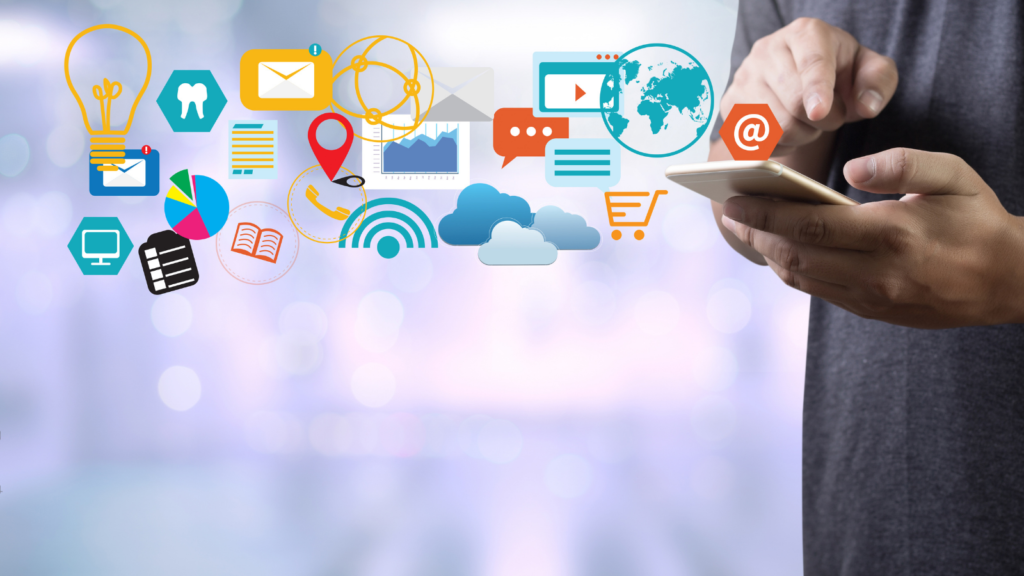
These days, digitization is booming. Every day, new developments and innovations are made possible by technology. Every day, health becomes more and more important.
New instruments are coming out on the market. Smartphone apps that track wristbands, footsteps, and other things are popular right now.
In other words, people can now work out at home only with the help of the Fitness app. How these digital tools are enhancing health through their use. That is the global impact of digitization.
In India, a country with a sizable population and a wide range of healthcare issues, digitalization has had a revolutionary impact on health promotion. India has been able to enhance healthcare results, efficiency, and accessibility by utilizing technology.
The way people approach exercise has changed dramatically as a result of digital tools, which make it simpler to evaluate progress, maintain motivation, and meet fitness objectives.
The best things about the tools are that they save time, are manageable, easily accessible, can assist anywhere in the world, are cheaper, I believe, and have an online worldwide platform.
Technology is only getting started; there is yet more in store for us. Cutting-edge technologies are revolutionizing the fitness sector and our relationship with our exercise regimen.
The way we view fitness and fitness training is changing drastically as a result of these technologies, which are making features like AI-powered tailored workouts, app-based workout programs, improved fitness equipment, and virtual fitness classes possible.
Since the COVID-19 epidemic, the market for digital fitness solutions has expanded, and remote fitness solutions have benefited greatly from it. Online fitness streaming services and on-demand fitness applications that build personalized workout plans are also becoming more and more popular.
Workouts are becoming more efficient and interesting because to gamification in the fitness industry, social fitness networks, and AI-powered tailored training.
Unlocking Health Independence: The Future of Personal Health with Digital Solutions
In India, a country with a sizable population and a wide range of healthcare issues, digitalization has had a revolutionary impact on health promotion. India has been able to enhance healthcare results, efficiency, and accessibility by utilizing technology.
Better healthcare Access

Telemedicine: In India, where internet access and cellphones are widely used, telemedicine has emerged as a vital tool, particularly in rural and isolated areas with inadequate healthcare facilities.
Millions of people may now receive medical consultations without having to travel thanks to platforms like the national teleconsultation service, eSanjeevani. This eases the strain on healthcare institutions and improves timely access to care.
Apps for mobile health (mHealth): In India, a lot of mobile apps are utilized to provide healthcare services, like consultations and health monitoring.
Apps like Aarogya Setu, which was released in the midst of the COVID-19 epidemic, demonstrated the potential of digital health technologies in managing public health by tracking the virus’s transmission and providing health-related information.
Improve public health programs

Digital Health Campaigns: For extensive public health campaigns, the Indian government and medical associations have made use of digital platforms. For example, information about immunization campaigns, good hygiene, and illness prevention is shared via social media and SMS services.
These digital ads have shown to be successful in reaching a wide audience from various geographic and socioeconomic backgrounds.
Health Education and Awareness: Social media, YouTube, and other digital platforms are frequently utilized to disseminate health education and awareness.
The public’s education on subjects like diet, managing chronic diseases, and maternity and child health has been greatly aided by these platforms.
Effective Management of Healthcare

Electronic Health Records (EHRs): EHR adoption in India has reduced administrative burdens on patients and raised standards of service.
Unlocking Health Independence: The Future of Personal Health with Digital Solutions
Instant access to patient histories, diagnostic results, and treatment plans is made possible by digital health records, which is especially helpful for managing chronic illnesses and in emergency situations.
The goal of India’s Ayushman Bharat Digital Mission is to provide each citizen with a digital health ID that will link all medical data and provide easy access to health information nationwide.
It is anticipated that this endeavor will drastically cut down on redundant diagnostic procedures and treatment regimens while also increasing the effectiveness of healthcare delivery.
Individualized Well-Being

Wearable Technology: In India, the use of wearable health gadgets such as smartwatches and fitness trackers is expanding.
People can monitor their heart rate, physical activity, sleep habits, and other factors with the use of these gadgets. People are empowered to take proactive measures in maintaining their health and well-being when they have access to such tailored health data.
Customized Health Solutions: To meet the unique demands of each user, digital platforms include dietary planning, exercise regimens, and mental health support.
This has addressed problems like obesity, diabetes, and mental health and made health management more accessible and suited to the Indian populace.
Remote and Underserved Areas’ Access to Healthcare

Telemedicine and Remote Monitoring: These two services are filling the gap in locations with limited access to healthcare facilities. Mobile devices are used by healthcare professionals to monitor patients with chronic diseases, gather health data, and give consultations.
Digital tools are used by programs such as the National Health Mission (NHM) to improve the efficacy and reach of healthcare services in underprivileged areas.
eHealth Centers: To facilitate communication between local healthcare providers and specialists in larger cities, the government has set up eHealth centers with digital health instruments in remote places.
With this configuration, difficult cases can be diagnosed and treated more effectively without requiring patients to travel great distances.
Unlocking Health Independence: The Future of Personal Health with Digital Solutions
Disease Surveillance and Management

Digital Disease Surveillance: Digital tools are used for real-time disease surveillance and management in India. Systems like the Integrated Disease Surveillance Programme (IDSP) utilize digital platforms to collect and analyze data on disease outbreaks, enabling rapid response and containment efforts.
Pandemic Response: During the COVID-19 pandemic, digital tools played a critical role in tracking cases, managing vaccination drives, and providing public health information.
The CoWIN platform, for example, was instrumental in managing the vaccination process, including registration, appointment scheduling, and certification.
Health data and research
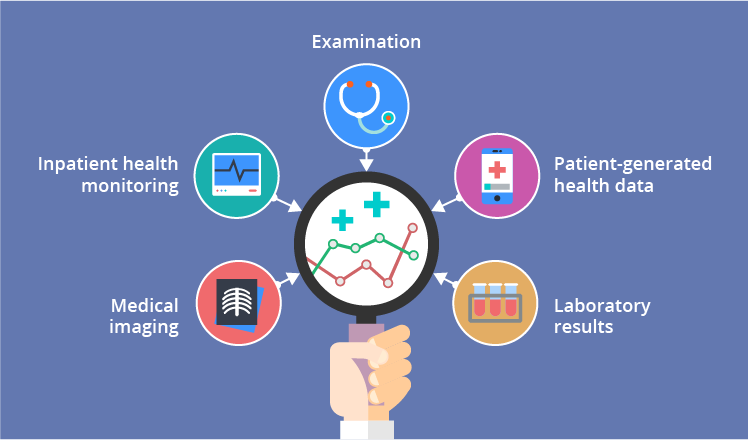
Big Data in Healthcare and Research: By utilizing digital health records and big data analytics, researchers and policymakers in India are able to predict disease outbreaks, identify health trends, and enhance public health planning. This data-driven approach is essential for addressing the country’s diverse healthcare needs and challenges.
Artificial Intelligence and Machine Learning: These technologies are being used in India to develop personalized treatment plans, improve diagnostic accuracy, and develop predictive models for disease management. They are especially helpful in specialized fields like cardiology and oncology.
Support for chronic disease management

Assistance in the Management of Chronic Diseases
Diabetes and Hypertension: In India, managing chronic illnesses like diabetes and hypertension is largely done through digital platforms and smartphone apps. By using these tools, patients can lower their risk of issues by keeping an eye on their health indicators, taking their medications as prescribed, and getting reminders for checkups.
Cardiovascular Health: As the number of cardiovascular disease cases in India rises, people are using digital tools to monitor their heart health and modify their lifestyles. Apps that monitor stress, food, and exercise are encouraging people to lead heart-healthy lives.
Unlocking Health Independence: The Future of Personal Health with Digital Solutions
Support for mental health

Mental Health Apps: Due to the stigma associated with mental illness in India, digital platforms are a vital resource for mental health care. An increasing number of people are using apps that provide stress management, therapy, and meditation, making mental health treatment more widely available.
Online Therapy: In India, mental health care is now more easily accessible thanks to digital platforms that provide online therapy sessions. This is especially true for individuals who might not feel comfortable seeking help in more conventional settings.
Startups and innovation in health care

HealthTech Startups: Utilizing digital technology to offer creative healthcare solutions, India has witnessed a boom in HealthTech startups. By tackling everything from telemedicine and diagnostics to health insurance and drug delivery, these entrepreneurs are improving access to and lowering the cost of healthcare.
Creative Solutions: The advent of digitalization has sparked the development of creative solutions like mobile clinics, AI-powered health apps, and inexpensive diagnostic equipment, all of which help to improve health outcomes in India, especially in underprivileged areas.
WHO on digital health
The World Health Assembly adopted the WHO Global Strategy on Digital Health in 2020. It provides a framework for integrating the most recent advancements in innovation and digital health and putting these capabilities to use to enhance health outcomes.
A component of the WHO’s strategic objective is the promotion of fair and universal access to high-quality healthcare through digital health. Health systems can provide high-quality, reasonably priced, and egalitarian treatment by becoming more sustainable and efficient with the aid of digital health.
It is difficult to achieve these lofty goals, particularly for low- and middle-income nations. The World Health Organization’s Global Strategy on Digital Health aims to help nations realize the goal of health for all by assisting them in enhancing their healthcare systems via the use of digital health technologies.
All Member States, including those with restricted access to digital goods and services, can use and benefit from the plan, which is intended to be suitable for its intended use.
Unlocking Health Independence: The Future of Personal Health with Digital Solutions
In order to encourage the uptake and expansion of digital health and innovation, WHO has three main goals:
- Putting the most recent information, analysis, and proof into practice: this entails encouraging data sharing and interoperability standards as well as encouraging the adoption of digital solutions that aid in well-informed decision-making.
- Increasing knowledge through scientific communities of practice: The World Health Organization (WHO) brings together leading expert voices on clinical and public healthy relevant themes. Made possible by modern technology, these communities are no longer restricted by the requirement for in-person meetings or hard copy peer review publications.
- Methodically evaluating and connecting innovation supply to national needs: In the field of global health, it is all too common for goods to be developed with the mindset that “if you build it, they will use it.” This strategy has repeatedly failed. In order to find, support, co-develop, and scale innovations that are based on national requirements, WHO adopts a proactive, methodical approach.
How digital tools helps in fitness?
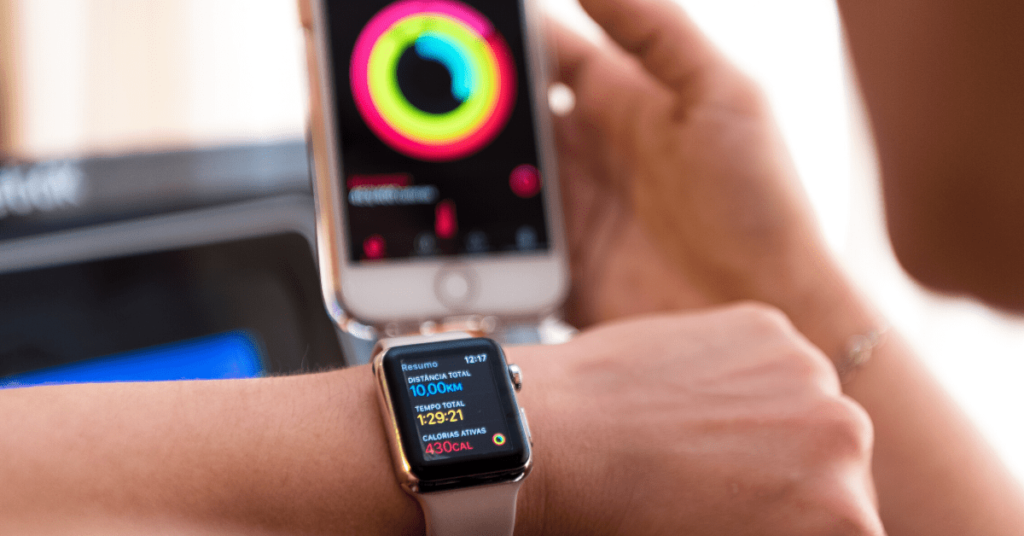
The way people approach exercise has changed dramatically as a result of digital tools, which make it simpler to evaluate progress, maintain motivation, and meet fitness objectives. Here’s how using digital tools to improve fitness helps people:
Individualized Exercise Programs
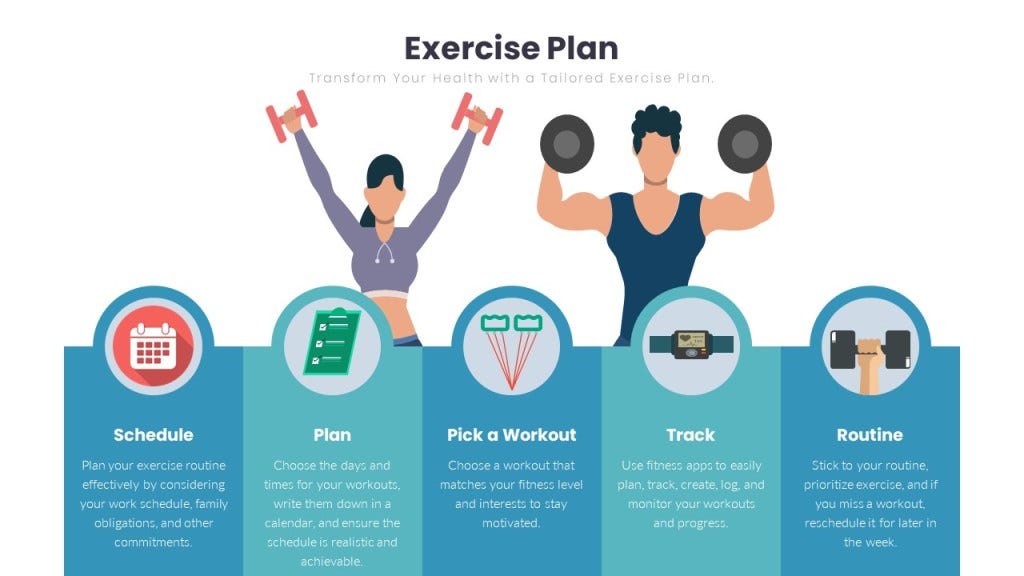
Fitness Apps: Many apps provide customized workout plans based on individual fitness levels, goals, and preferences. Whether you’re looking to lose weight, build muscle, or improve endurance, these apps can design a routine that fits your needs.
AI-Powered Recommendations: Some advanced fitness apps use artificial intelligence to adjust workout plans in real-time based on your progress and performance, ensuring that your routine remains effective and challenging.
Unlocking Health Independence: The Future of Personal Health with Digital Solutions
Monitoring Development
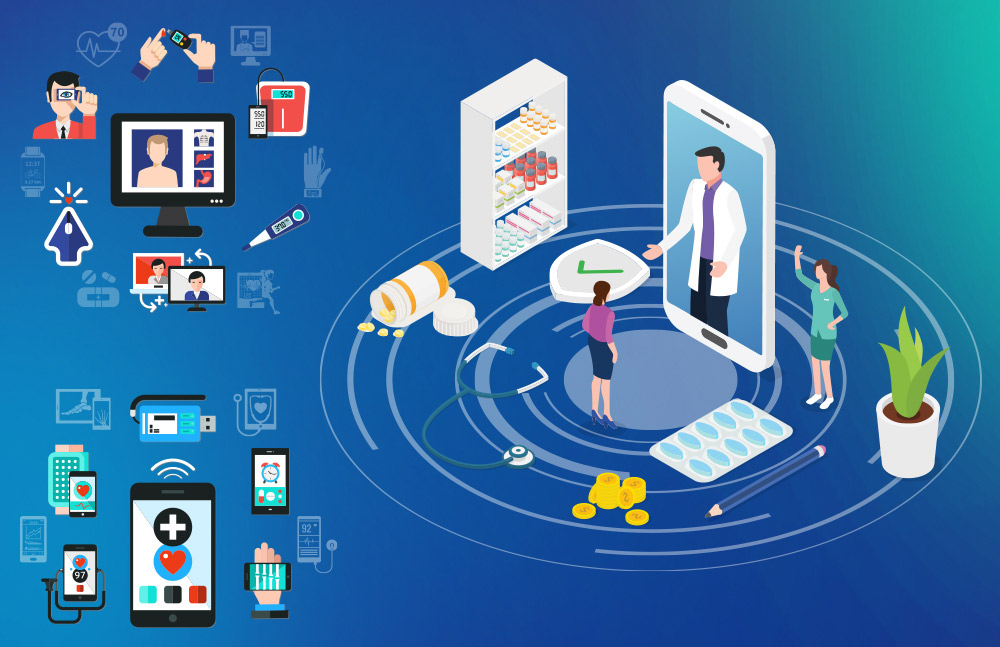
Wearable Technology: Heart rate, calories burnt, sleep habits, and physical activity are all tracked by fitness trackers and smartwatches. With the real-time input these gadgets offer, you can better understand how your body reacts to certain activities and how to get the most out of your workouts.
App Integration: You may store and analyze your fitness data over time by using the many fitness applications that sync with wearable technology. This aids in tracking gains in physical attributes like strength, flexibility, and endurance as well as in defining reasonable goals.
Inspiration and Responsibility
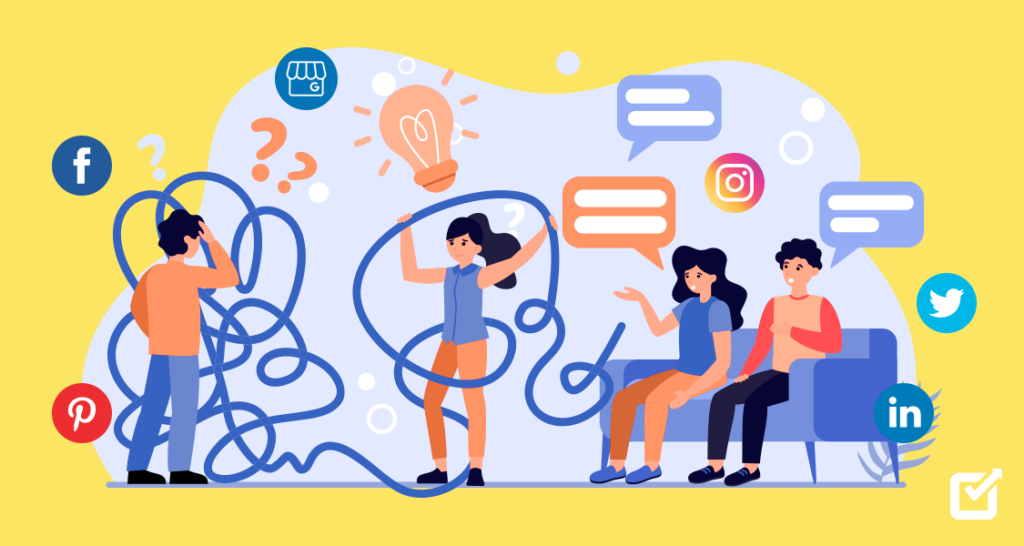
Virtual Challenges: Fitness challenges are frequently available through apps and internet platforms. You can compete with friends or join a worldwide community. Your fitness path gains a fun and competitive element from these challenges, which will keep you motivated.
Social Sharing: You can post your accomplishments on social media or in fitness communities using a lot of fitness apps. You may stay accountable and get more motivated by telling people about your progress and getting support from them.
Guided workouts and training
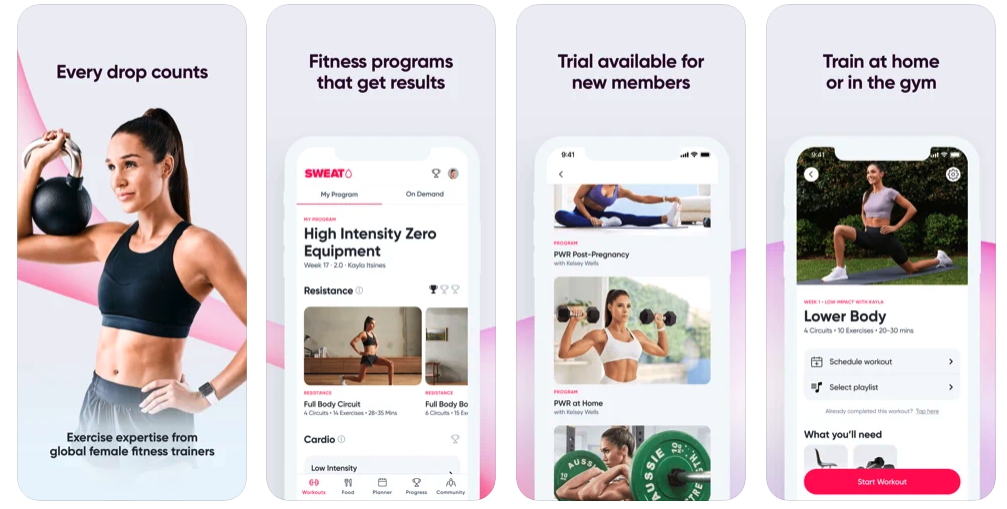
films for guided workouts and training sessions are available on various platforms such as YouTube, fitness applications, and subscription services. These films cover a range of skill levels from basic to highly skilled. By showing correct form and offering step-by-step instructions, these videos lower the chance of harm.
Live Streaming sessions: A lot of fitness apps and platforms allow you to join in on live sessions with a trainer or a group and work out in real time. This produces a hands-on, home-based experience that is akin to going to a fitness class.
Unlocking Health Independence: The Future of Personal Health with Digital Solutions
nutritional support

Meal planners, calorie monitoring, and macro counting are just a few of the digital tools that can help with diet and nutrition. Users can register their food intake, keep an eye on the nutritional balance, and make sure their diet is supporting their fitness objectives with the use of apps like MyFitnessPal.
Recipe Suggestions: A lot of apps offer nutritious recipes that are tailored to your diet and exercise objectives. This makes it simpler to create meals that complement your exercise regimen and guarantee you’re giving your body the right kind of nourishment.
Easy access and adaptability

On-Demand Workouts: You can access exercise regimens at any time and from any location with digital tools. You can quickly locate an exercise routine that works for your schedule and surroundings whether you’re at home, on the go, or at the gym.
Customized Routines: You can alter your exercise regimen with the help of digital fitness tools. You have total control over your fitness program since you can select the exact muscle groups you target, as well as the type, length, and intensity of the workout.
Knowledge and Understanding
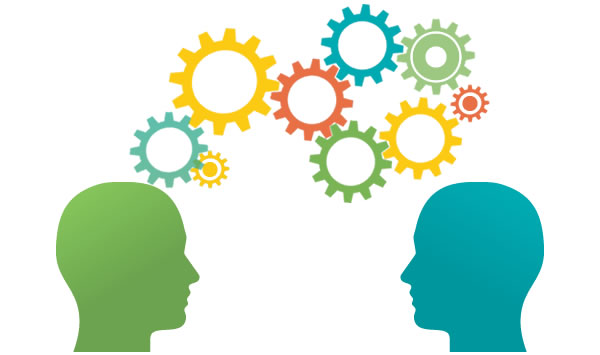
Physical fitness Blogs and Podcasts: Educational content on subjects like exercise science, nutrition, and wellness is available on a variety of digital platforms. This content includes articles, podcasts, and videos. Users are better equipped to make decisions regarding their health and fitness thanks to this knowledge.
Metrics and Feedback: Fitness applications and gadgets give you access to thorough performance metrics, letting you know what’s working and what needs to be changed. You may improve the efficacy of your routine by utilizing this data-driven strategy.
Unlocking Health Independence: The Future of Personal Health with Digital Solutions
Mind body link

Mindfulness and Meditation Apps: Digital tools also promote mental well-being, which is essential for overall fitness. Apps like Calm and Headspace offer guided meditation, breathing exercises, and stress management techniques, helping to create a balanced fitness approach that includes mental health.
Yoga and Pilates: Many digital platforms provide yoga and Pilates sessions that focus on flexibility, balance, and mental focus. These practices are essential for preventing injuries and enhancing overall fitness.
Society and assistance

Online Communities for Fitness: A lot of digital products have forums for users to ask questions, exchange experiences, and offer support to one another. Being a part of a fitness community can offer support and guidance, reducing feelings of isolation and increasing enjoyment from the fitness journey.
Virtual Personal Trainers: A few platforms give you access to virtual personal trainers that can help you remain on track with your fitness objectives, answer your questions, and offer customized advise. For those who require direction or inspiration, this individualized help can be quite important.
cost-effectiveness

Reasonably priced Substitutes: Digital fitness equipment frequently offers a more economical option than personal training sessions or club subscriptions. People don’t need to make large financial investments to pursue their fitness goals because they can use free or inexpensive apps, video lessons, and online programs.
Future of digital health in fitness
The fitness industry’s growing reliance on technology has fundamentally altered how we exercise. AI-powered workout programs, fitness streaming services that are available on demand, smart gyms, and social fitness groups are just a few of the many tools available today to assist people in easily and joyfully achieving their fitness objectives.
AI has made it simpler than ever to stick to a long-term fitness regimen and remain consistent with it. Since the usage of technology in the fitness business is only expected to increase moving forward, fresh and creative solutions will be unveiled every week, if not every day, altering our fitness paths and assisting people in leading active, healthy lives.